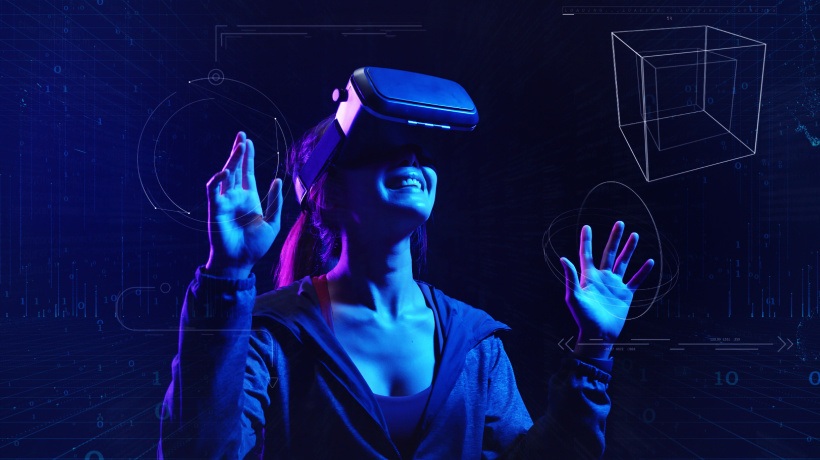Trends In Learning Technologies Shaping The eLearning Industry
The eLearning industry has undergone significant growth and development over the past two decades, with the COVID-19 pandemic accelerating the adoption of digital learning solutions worldwide. While COVID-19 accelerated the adoption of a range of technologies, the early signs and revolutionary developments during the post-COVID period (2022–2023) show signs that the landscape of learning and HR technologies are no longer going to be the same as those during the beginning of the decade. As we look ahead to the remaining years of this decade, I am sure that several newer trends and technologies will likely shape the spectrum of learning technologies.
6 Upcoming Trends In eLearning And Learning Technologies
1. Increased Use Of AI And ML
One of the most significant forecasts for the eLearning industry in the next decade is the increased use of AI and ML. These technologies can be used to personalize the learning experience, provide real-time feedback, and automate certain aspects of the learning process. AI and ML can help identify the individual learning preferences of the participants/students and tailor the educational modules accordingly to meet their learning needs. These technologies can also be used to automate tasks such as grading and assessment, freeing up educators' time and enabling them to focus on more complex tasks.
2. Increased Adoption Of VR/AR
One significant forecast for the eLearning industry in the next decade is the increased adoption of VR/AR technologies. VR/AR can be used to create immersive learning experiences that simulate real-world scenarios and provide hands-on, interactive learning opportunities. For example, VR/AR can be used in medical education to simulate surgical procedures or in engineering education to provide virtual simulations of equipment and machinery. This technology can also be used to create interactive virtual classrooms where learners can collaborate and interact with each other in a virtual environment.
3. Metaverse Immersive Environment
While metaverse (an immersive environment by Facebook) is in its nascent phases, gamified virtual immersive technologies are already being used in complex job roles that require a range of technologies, from computing to vision processing to sensor technologies, in order to make learning multisensory. Such development crosses the boundaries of traditional computer or software-driven technologies and brings learning into a human-machine realm.
4. Continuous Shift From Microlearning To Nanolearning
As the current generation’s attention span is becoming shorter as a result of the world becoming fast-paced, microlearning is shifting toward learning through bite-sized modules, called nanolearning, that can be absorbed on the go via mobiles. This approach to learning is particularly well-suited to the needs of busy professionals who may have limited time for learning. Nanolearning helps improve learners' retention and engagement as well as makes learning more accessible and flexible. It can be delivered through a range of platforms and devices, including smartphones and tablets, and can be used to provide just-in-time (JIT) learning opportunities as well.
5. Increased Focus On Soft Skills
In addition to technical skills, there is likely to be an increased focus on soft skills in the next decade, such as communication, collaboration, and problem-solving. These skills are becoming increasingly important in the modern workplace, where teamwork and adaptability are essential. eLearning can be an effective way to develop these skills through the use of collaborative learning activities and simulations. For example, virtual team projects can allow learners to develop communication and collaboration skills in a safe and supportive environment.
6. Greater Integration Of Social Media
Social media is likely to become increasingly integrated into eLearning platforms and tools in the next decade. According to Thinkific’s Digital Learning Trends 2023 report, the world is expected to see a rise in community-first digital learning. While digital communities or forums have traditionally been an add-on to existing courses or learning products, it is undeniable that they will soon move toward the main play of building eLearning.
Social media can be used to support collaborative learning and provide opportunities for learners to connect and engage with each other. For example, social media facilitates peer feedback and discussion, providing learners access to a broader network of professionals and experts. Social media can also be used to provide personalized learning recommendations based on learners' interests and activities.
End Note
As we look ahead to the next decade, it is clear that learning technologies will continue to play a significant role in education and training. We can expect to see further advancements and trends in learning technologies driven by the heightened needs of learners who will want more immersive experiences.









